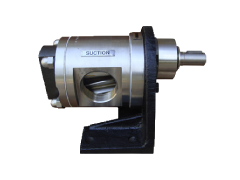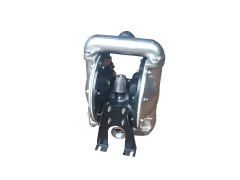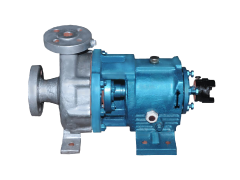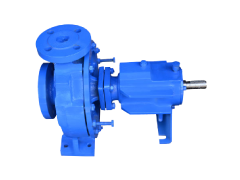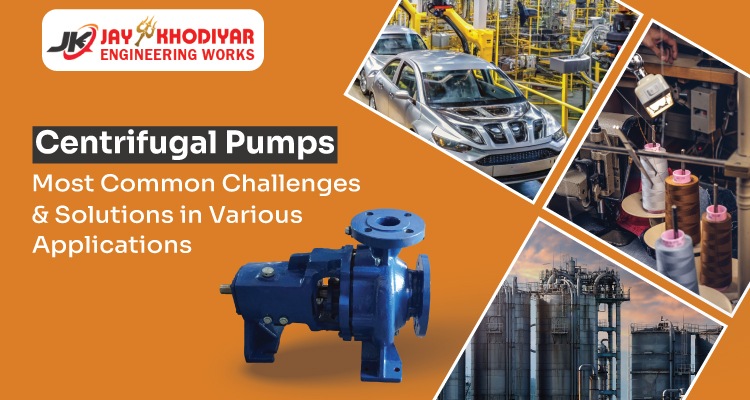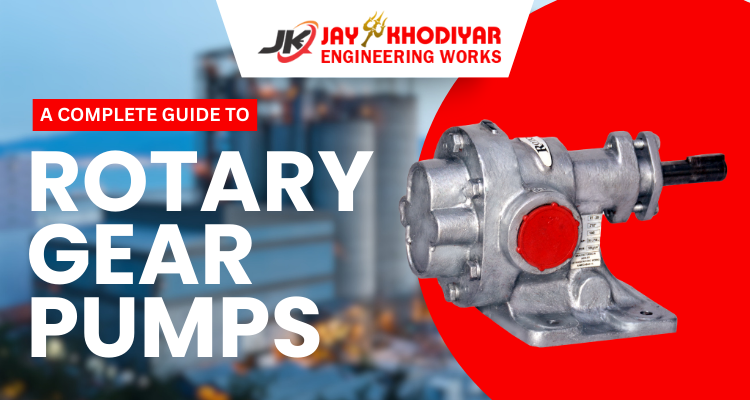
Top Industrial Pump Manufacturers in USA
September 20, 2024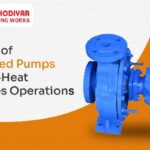
The Role of Air-Cooled Pumps for High-Heat Industries Operations
October 18, 2024Almost every industry utilizes the centrifugal pump for various applications. From chemical and agriculture to oil and food, centrifugal pumps are commonly used in all of these industries. Their efficiency and versatility make them a top choice for numerous industrial operations.
However, their operation is not without its challenges, which can impact performance, reliability, and overall system efficiency.
This blog will delve into the most common issues encountered in centrifugal pumps and explore effective solutions to different applications.
Introduction to Centrifugal Pump
Centrifugal pump is one of the most common industrial pumps. It’s a mechanical device used to move fluids or liquids from one point to another in industrial operations. It uses centrifugal force to move the fluid.
Centrifugal pumps can be categorized into single-stage and multi-stage types, depending on the number of impellers, with single-stage pumps being suitable for low head applications and multi-stage pumps designed for higher heads.
How Does Centrifugal Pump Work?
These pumps use rotational energy from a rotating impeller to move fluids. They are commonly employed in applications requiring a continuous flow of liquid, such as in water supply, wastewater treatment, and chemical processing.
Centrifugal pumps are known for their simplicity, efficiency, and ability to handle large volumes of fluid with relatively low energy consumption.
Advantages of Centrifugal Pump
High Efficiency
Simplicity and Reliability
Versatility
Continuous Flow
Compact Design
Low Operating Costs
Handles Viscous Fluids
Self-priming Options
Applications of Centrifugal Pump
Water Supply and Distribution
HVAC Systems
Chemical Processing
Wastewater Management
Fire Fighting Systems
Oil and Gas Industry
Mining Operation
Marine Application
Cooling Systems
Food and Beverage Industry
Centrifugal Pump Common Challenges and Solutions in Different Applications
1. Cavitation
Challenge: Cavitation occurs when the pressure in the pump drops below the vapor pressure of the fluid, leading to the formation of vapor bubbles that can cause damage to the impeller and reduce performance.
Solution: To mitigate cavitation, ensure that the pump operates within its recommended flow and pressure ranges. Increasing the inlet pressure, reducing the fluid temperature, or using a pump with a lower NPSH (Net Positive Suction Head) requirement can help.
2. Wear and Tear
Challenge: Abrasive fluids or high flow velocities can lead to excessive wear on the impeller and other components, reducing efficiency and lifespan.
Solution: Use wear-resistant materials for the pump components and regularly inspect and maintain the pump to replace worn parts before they lead to failures.
3. Vibration and Noise
Challenge: Excessive vibration and noise can indicate misalignment, imbalance, or cavitation, which can lead to premature failure.
Solution: Regularly align and balance the pump and its motor. Implement vibration monitoring systems to detect issues early and maintain operational stability.
4. Leaks
Challenge: Leaking seals or gaskets can lead to fluid loss, environmental hazards, and safety risks.
Solution: Ensure proper installation and maintenance of seals. Use high-quality materials and, if necessary, implement double mechanical seals for hazardous applications.
5. Priming Issues
Challenge: Centrifugal pumps must be primed to operate correctly; if they are not, they may run dry, leading to damage.
Solution: Use self-priming pumps or ensure that the pump is properly primed before operation. Regularly check for air leaks in suction lines.
6. Overheating
Challenge: In applications with high viscosity fluids or insufficient flow, the pump can overheat, leading to damage.
Solution: Ensure the pump is correctly sized for the application and consider using cooling systems or heat exchangers to manage temperatures.
7. Clogging
Challenge: Solid particles in the fluid can clog the pump, reducing flow and efficiency.
Solution: Install strainers or filters upstream to remove particulates before they reach the pump. Regular cleaning and maintenance schedules can also help.
8. Corrosion
Challenge: Exposure to corrosive fluids can degrade pump materials over time.
Solution: Choose pumps made from corrosion-resistant materials or apply protective coatings to extend the life of components.
9. Flow Rate Variability
Challenge: Fluctuations in demand can lead to inefficient operation, energy waste, and potential pump damage.
Solution: Implementing control systems or VFDs can help adjust the pump operation to match real-time flow demands.
Leading Centrifugal Pump Manufacturer in India
Jay Khodiyar Engineering is a trusted centrifugal pump manufacturer , offering the most efficient and reliable pumps for various industrial applications. We follow strict international quality standards to ensure our pumps are durable.
Trust Jay Khodiyar Engineering for effective pumping solutions.







